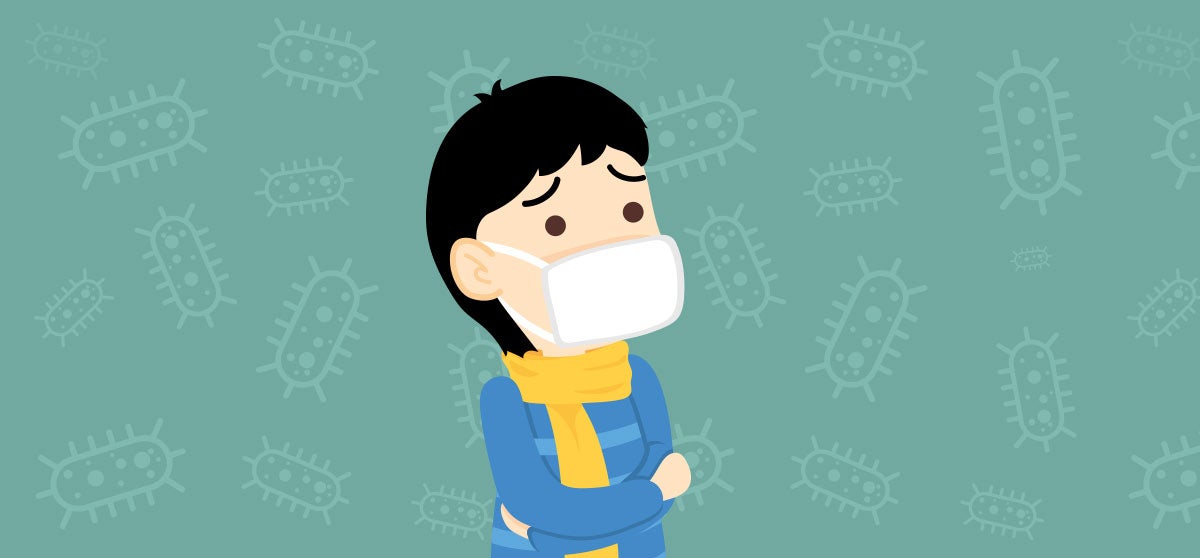Copyright © 2017. Inter-American Development Bank. If you wish to republish this article, please request authorization to [email protected].
By Andrea Ulrich.
We can all remember a time when we got hurt as children – whether by skinning our knees on the sidewalks or falling from a swing set. Our parents immediately washed the wound with soap and water to decrease the risk of infection. If the wound did become infected, we would fight it the same way we have been fighting infection for a century: with antibiotics.
However, with the recent rise of antibiotic-resistant bacteria, all that might change. The medicines we have trusted for years to kill bacteria may soon become obsolete, and in fact, some already have. How did we get to this point?
When antibiotics are not properly administered, such as when a patient does not take the full prescribed dose of medication, some bacterial strains survive. These resistant bacteria then reproduce and spread through the body, propagating antibiotic-resistant bacteria often referred to as “superbugs” that can no longer be treated with traditional medication. As a result, certain strains of superbugs have wreaked havoc on communities and health systems, such as Staphylococcus aureus (MRSA), which is resistant to methicillin, or multi-drug resistant tuberculosis (MDR-TB).
A widespread phenomenon
Strains immune to antibiotics are more widespread than we think. The British Medical Journal published a study that analyzed more than 70,000 samples of E. coli bacteria from children with urinary tract infections. For children in non-member countries of OECD —a list that includes most countries in Latin America— the numbers are alarming: almost 80% of E. coli samples were resistant to ampicillin, 70% to co-trimoxazole and 60% to co-amoxiclav, which are all frequently–prescribed antibiotics.
Results from a 2009 study analyzed samples of K. pneumoniae, a bacterium that can cause serious diseases such as pneumonia and can spread easily among children and the elderly. The study showed that the percentage of resistance to standardized treatments was 55% in Guatemala, 58% in Paraguay, and 69% in Peru.
Children are most at risk
Children are at a particularly high risk for contracting this kind of infection in part because their immune system has not fully developed. For example, infants are ten times more likely than adults to contract a Salmonella infection. To review how antibiotic resistance is affecting this population, Case Western Reserve University analyzed data from 100,000 patients in 48 children’s hospitals across the United States. They found that the percentage of children infected with antibiotic-resistant enterobacteria has increased by 700% in just 8 years.
Where do “superbugs” come from?
The causes of bacterial immunity to antibiotics are varied. One of the most common reasons is the excessive or inappropriate prescription of antibiotics by health personnel. For example, doctors frequently prescribe antibiotics to treat colds or the flu, even though antibiotics have no effect in treating viral infections.
Likewise, poor regulation of the drug market has facilitated access to antibiotics without the need for a prescription, thereby fueling an increased trend of self-medication. In Latin America, this kind of antibiotic use has grown significantly, particularly in Peru, Venezuela, Uruguay and Brazil.
Standard practices of agricultural and livestock production also aggravate the problem. The widespread practice of providing cattle with antibiotics is a significant cause of the increase in superbugs. Evidence indicates that antibiotic-resistant bacteria that cattle have developed in their digestive system can then be transmitted directly to humans.
Urgent action must be taken
Recognizing the gravity of this situation, the World Health Organization (WHO) has stated that bacterial resistance “threatens the very essence of modern medicine” and that inappropriate use of antibiotics “has put every nation at risk.” Although there are promising developments regarding new drugs to tackle certain strains of resistant bacteria, no silver bullet exists. The question, then, is how we respond to this public health crisis.
The WHO has outlined a global plan of action to address this issue. They recommend raising awareness of the problem; strengthening surveillance and research initiatives; reducing the incidence of infections through improved sanitation and hygiene; optimizing the use of antimicrobial drugs in humans and animals and investing sustainably in new medicines, diagnostic tools and vaccines.
What could you do to prevent this from happening to you? In your medical or personal decisions, how could you help stem the tide of increased antibiotic resistance? Tell us in the comments section or mention @BIDgente on Twitter.
Andrea Ulrich is a consultant at the Social Protection and Health Division at the IDB.


Hello,
The article is a very useful blog.
Thank you share us
Hello,
The blog is looking nice.
Thank you for share us
Merci pour l’article
Nice post
Beau partage
the good blog, the Leave a Legacy is not going away forever.